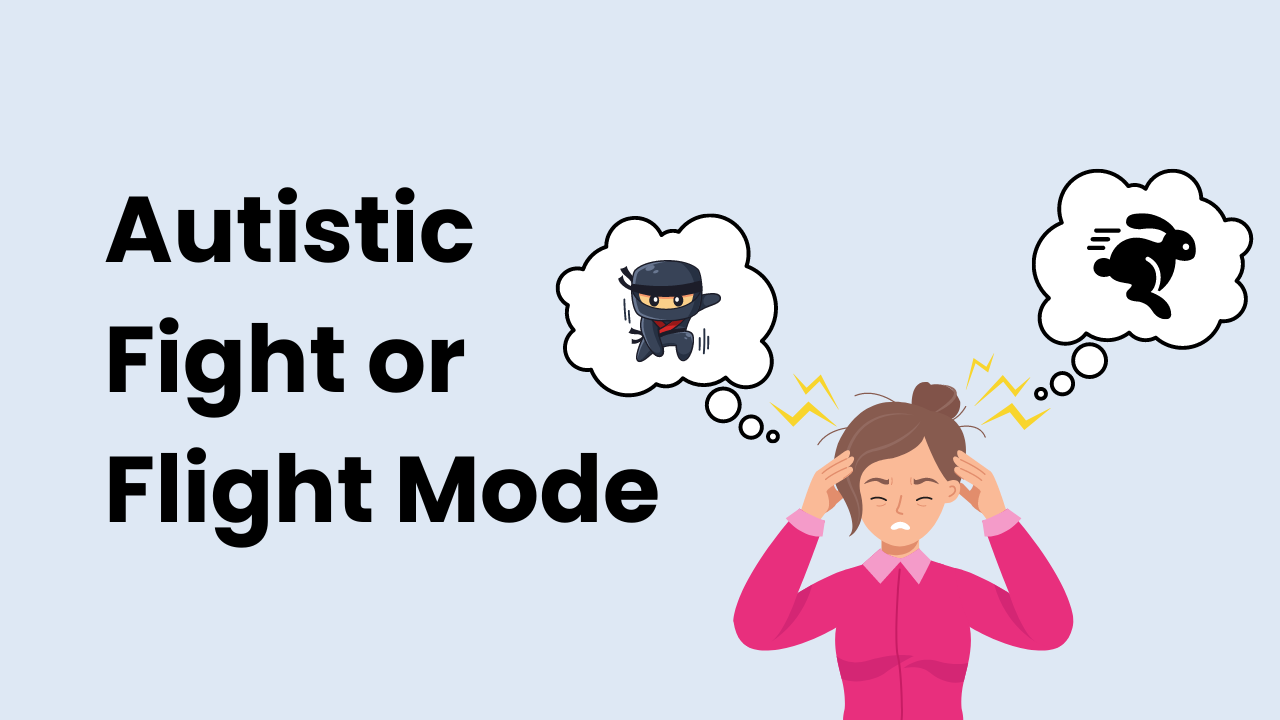Autistic Fight or Flight Mode
Jun 11, 2023
Being autistic can feel like living in a constant state of fight or flight mode.
When you’re living in a world that wasn’t built for you, you are quite literally surviving in threatening circumstances. Although most people may associate threat or danger with wild animals or weapons, ANYTHING that causes an individual to feel unsafe is perceived by the brain as threatening or dangerous.
Autistic people often do not feel safe. Loud noises, bright lights, and new foods are all ways in which this lack of safety is heightened, which is why we present with traits that protect us from such circumstances! Referring back to an older post: we’re not rigid, but adaptive.
When humans do not feel safe, our sympathetic nervous system (SNS) is triggered. Your SNS regulates your body’s fight-or-flight response, increasing heart rate to deliver more blood to areas of your body that need more oxygen.
Activation of the SNS halts digestion and increases pain threshold. When your body is in danger, your body has to be very selective in where it uses energy. Your body will compromise digestive processes and instead, direct the energy towards parts of your body that will maximize your chances of escaping the danger, such as your brain for hyper-alertness and your muscles for increased stamina.
Your sympathetic nervous system increases pain threshold by stimulating your adrenal glands (two organs that sit atop the kidneys) to secrete adrenaline and noradrenaline, two hormones (that also function as neurotransmitters) that suppress feelings of pain. If you’re in danger, awareness of pain would only be a distraction to your escape!
The effects of sympathetic nervous system activation help explain why most autistic people struggle with digestive issues and often get bruises without even realizing; your body is simply reacting to perceived threat! For this reason, it’s really important to find ways to get into your parasympathetic nervous system (rest-and-digest mode).
Although I am autistic and know the struggles of anxiety and overwhelm like no other, I have found several ways to help myself get back into a calm state so I can not only survive, but THRIVE! You deserve the same, and I’d love to help you get there. Schedule a consultation call for 1-1 coaching with me to set up your unique action plan!




